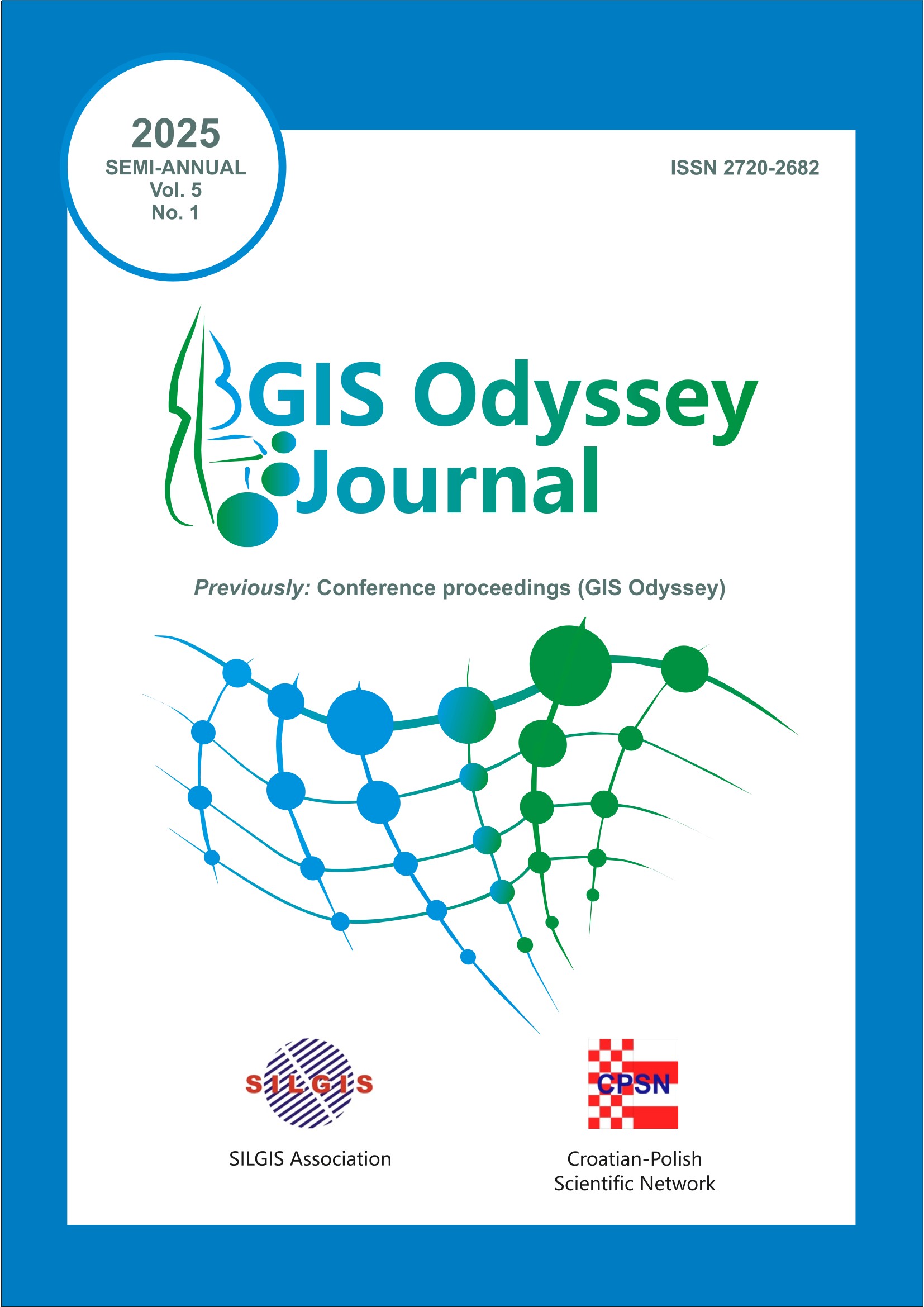REMOTE SENSING AND GIS BASED CROP MONITORING: A CASE STUDY OF TAVRA VILLAGE IN VADODARA
DOI:
https://doi.org/10.57599/gisoj.2025.5.1.167Keywords:
Crop Monitoring, Remote Sensing, GIS, GCC, NDVIAbstract
Food security is increasingly challenged by environmental changes, natural resource degradation, and population growth. Crop yields have already stagnated in many regions and are further affected by rising temperatures. The growing global population imposes a direct demand on agriculture to produce food, fiber, and fodder, necessitating the consumption of vast amounts of water. To maximize agricultural productivity and ensure sustainable crop yields, continuous crop monitoring is essential. Remote sensing has emerged as a powerful technology for vegetation monitoring, enabling spectral analysis of high-resolution satellite imagery to assess crop health and development. This study utilizes remote sensing techniques in conjunction with Geographic Information Systems (GIS) to monitor crop conditions. The Green Chromatic Coordinate (GCC) and Normalized Difference Vegetation Index (NDVI) were estimated using Landsat-9 satellite imagery. The analysis was conducted using QGIS for Tavra Village Farm, near Parul University, Waghodia, Vadodara, Gujarat, India. The observed GCC values ranged from 0.9352 to 0.3297, while NDVI values varied between 0.3300 and 0.0398 over the temporal period. The trend analysis of GCC and NDVI indicated an initial increase from November (early crop growth stage) to January (mid-growth stage), followed by a decline by February (crop maturity stage). These findings demonstrate the effectiveness of remote sensing and GIS in monitoring crop growth patterns, offering valuable insights for precision agriculture and resource management.
Downloads
Published
How to Cite
Issue
Section
License
This is an open access publication, which can be used, distributed and reproduced in any medium according to the Creative Commons CC-BY 4.0 License.







